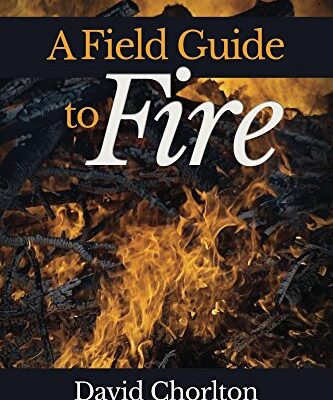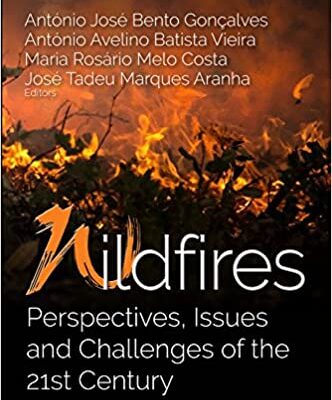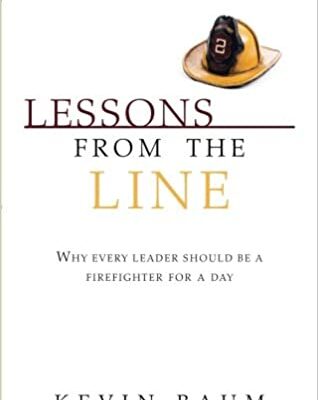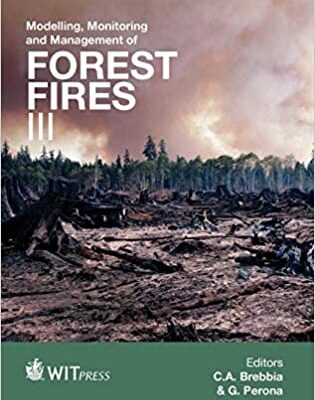Product details
-
-
- Publisher : Harvard University Press (April 11, 2014)
- Language : English
- Hardcover : 240 pages
- ISBN-10 : 0674422139
- ISBN-13 : 978-0674422131
- Item Weight : 1.13 pounds
- Dimensions : 6.14 x 0.56 x 9.21 inches
-









There are no reviews yet.